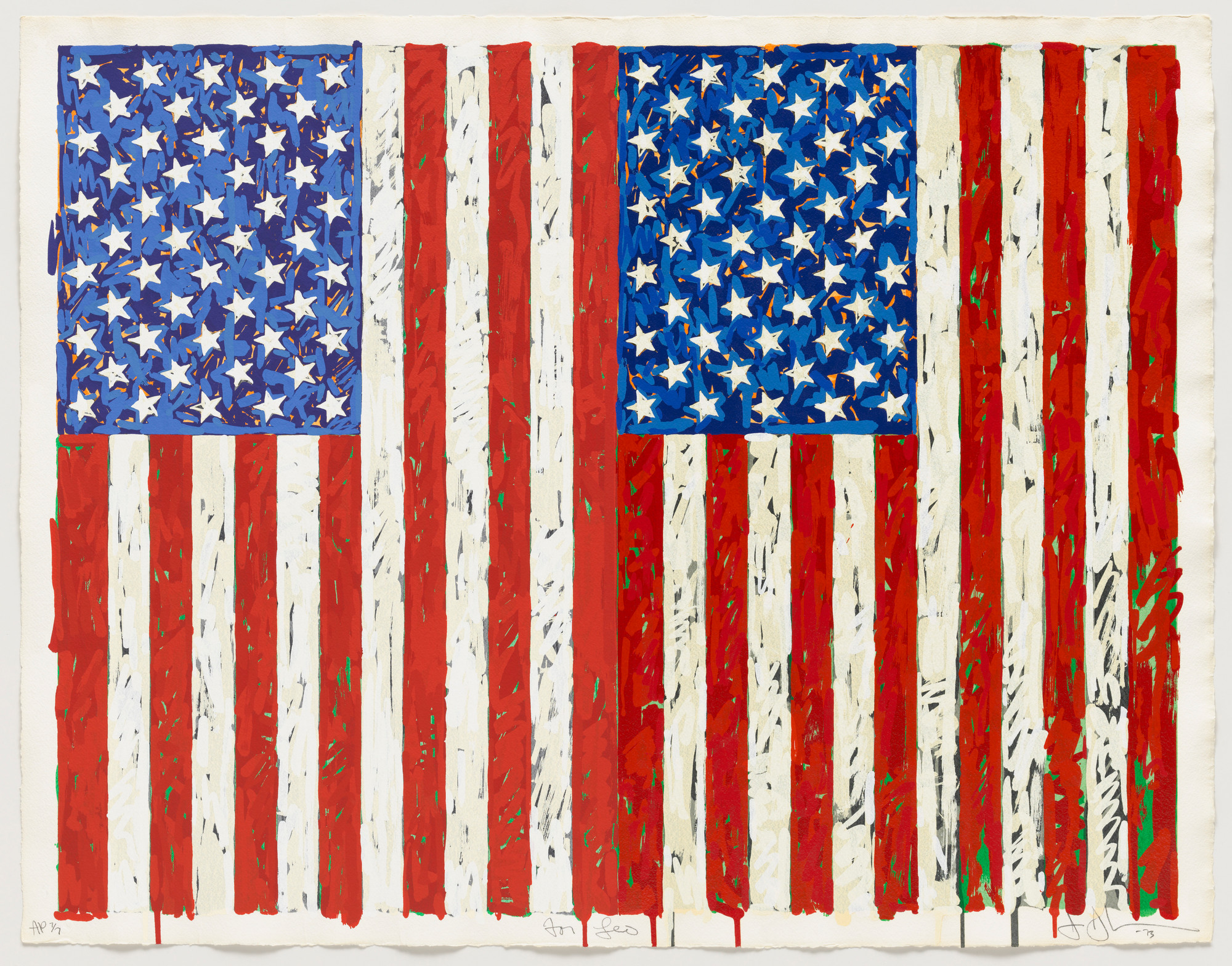Frances Flora Bond Palmer
A Midnight Race on the Mississippi, 1860
color lithograph with hand-coloring on wove paper
National Gallery of Art, Washington, Donald and Nancy de Laski Fund
A new international traveling exhibition will explore major events and movements in American art through some 150 outstanding prints from the Colonial era to the present. On view in Washington from April 3 through July 24, 2016, Three Centuries of American Prints from the National Gallery of Art is the first major museum survey of American prints in more than 30 years.
The exhibition will travel to the National Gallery in Prague from October 4, 2016 through January 5, 2017, followed by Antiguo Colegio de San Ildefonso in Mexico City from February 7 through April 30, 2017.
Timed to coincide with the National Gallery of Art's 75th anniversary, the exhibition is drawn from the Gallery's renowned holdings of works on paper, and features more than 100 artists such as Paul Revere, James McNeill Whistler, Mary Cassatt, Winslow Homer, George Bellows, John Marin, Jackson Pollock, Louise Nevelson, Romare Bearden, Andy Warhol, Robert Rauschenberg, Chuck Close, Jenny Holzer, and Kara Walker.
Exhibition Highlights
Organized chronologically and thematically through nine galleries, Three Centuries of American Prints reveals the breadth and excellence of the Gallery's collection while showcasing some of the standouts: exquisite, rare impressions of
James McNeill Whistler's Nocturne (1879/1880),
captivating prints by Mary Cassatt,
a singularly stunning impression of John Marin's Woolworth Building, No. 1 (1913),
and Robert Rauschenberg's pioneering Booster (1967).
The exhibition is bracketed by
John Simon's Four Indian Kings (1710)—stately portraits of four Native American leaders who traveled to London to meet Queen Anne—
and Kara Walker's no world (2010), which recalls the disastrous impact of European settlement in the New World. Both prints address the subject of transnational contact, a theme that runs through the history of American art.
Three Centuries of American Prints features works intended to provoke action, such as
Paul Revere's call for moral outrage in The Bloody Massacre (1770).
Others lean more strongly toward visual concerns, such as
Stuart Davis's striking black-and-white lithograph, Barber Shop Chord (1931),
- Richard Diebenkorn
Green, 1986 spitbite aquatint, soapground aquatint, and drypoint
plate: 114.3 x 89.5 cm (45 x 35 1/4 in.)
sheet: 135.9 x 103.5 cm (53 1/2 x 40 3/4 in.)
National Gallery of Art, Washington, Eugene L. and Marie-Louise Garbaty Fund and Patrons' Permanent Fund
© The Richard Diebenkorn Foundation
This duality between prints designed to exhort or teach and ones more weighted to artistic matters is an undercurrent of both the exhibition and the history of American prints.
Catalogue
Three Centuries of American Art in Prints
Judith Brodie, Amy Johnston, and Michael J. Lewis
Three Centuries of American Art in Prints distinguishes itself as the first major survey of its kind presented by an American museum in more than 20 years. In lively albums and insightful texts it offers a comprehensive view of American art through masterful prints that range from the colonial period to the present, from Paul Revere to Martin Puryear.
The exhibition catalog is conceived and edited by Judith Brodie, with coauthors Amy Johnston and Michael J. Lewis. Published by the National Gallery of Art, the fully illustrated scholarly catalog provides a vantage point from which to assess the rich terrain of American prints. Drawing on the keen eyes and insightful points of view of 15 emerging and established scholars—experts in American art or history generally, not only in prints—the catalog offers a fresh range of interpretations. Biographies of the artists and a glossary of printmaking terms are additional features.
Major movements in American print history are highlighted in the selection of approximately 140 works by 95 artists. These movements extend from the colonial period and the Revolution to early landscapes of the New World; from the etching revival inspired by the prints of James McNeill Whistler to gritty urban views of New York by the Ashcan artists; from the lighthearted satire of the American regionalists to government-sponsored art of the Depression era; from the influx of European modernism around the Armory Show to postwar, hard-edge abstraction; from the rise of pop art and the American graphic workshops in the 1960s and 1970s to prints of the 21st century.
Since its founding, the National Gallery of Art has assiduously collected American prints with the help of numerous donors. Its extensive holdings were recently transformed by the acquisition of an extraordinary group of 5,200 American prints brought together by Reba and Dave Williams.
304 pages | 235 illustrations | 9.625 x 11.5 inches
More images from the Exhibition:
- Robert Havell Jr., after John James Audubon
American White Pelican, 1836 hand-colored etching and aquatint
image: 89.5 60.0 cm (35 1/4 23 5/8 in.)
sheet: 100.4 x 67.6 cm (39 1/2 x 26 5/8 in.)
National Gallery of Art, Washington, Gift of Mrs. Walter B. James
- Mary Cassatt
Woman Bathing, 1890-1891 drypoint and aquatint
plate: 36.5 x 26.6 cm (14 3/8 x 10 1/2 in.)
sheet: 47.9 x 31.2 cm (18 7/8 x 12 5/16 in.)
National Gallery of Art, Washington, Gift of Mrs. Lessing J. Rosenwald -
Louis Lozowick
New York, 1923 lithograph
image: 29.2 x 22.8 cm (11 1/2 x 9 in.)
sheet: 40.1 x 28.9 cm (15 13/16 x 11 3/8 in.)
National Gallery of Art, Washington, Gift of Jacob Kainen-
- Grant Wood
Shrine Quartet, 1939 lithograph
image: 20.3 30.2 cm (8 11 7/8 in.)
sheet: 30.5 40.6 cm (12 16 in.)
National Gallery of Art, Washington, Reba and Dave Williams Collection, Florian Carr Fund and Gift of the Print Research Foundation
- Roy Lichtenstein
Sweet Dreams, Baby!, 1965 screenprint
image: 90.5 x 64.9 cm (35 5/8 x 25 9/16 in.)
sheet: 95.6 x 70.1 cm (37 5/8 x 27 5/8 in.)
National Gallery of Art, Washington, Gift of Roy and Dorothy Lichtenstein
© Estate of Roy Lichtenstein -
- Jasper Johns
Flags I, 1973 screenprint
sheet: 69.9 x 90 cm (27 1/2 x 35 7/16 in.)
National Gallery of Art, Washington, Collection of Robert and Jane Meyerhoff
Art © Jasper Johns/Licensed by VAGA, New York, NY


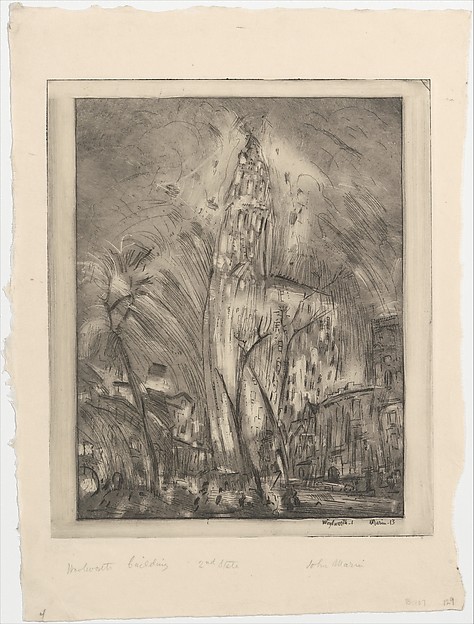


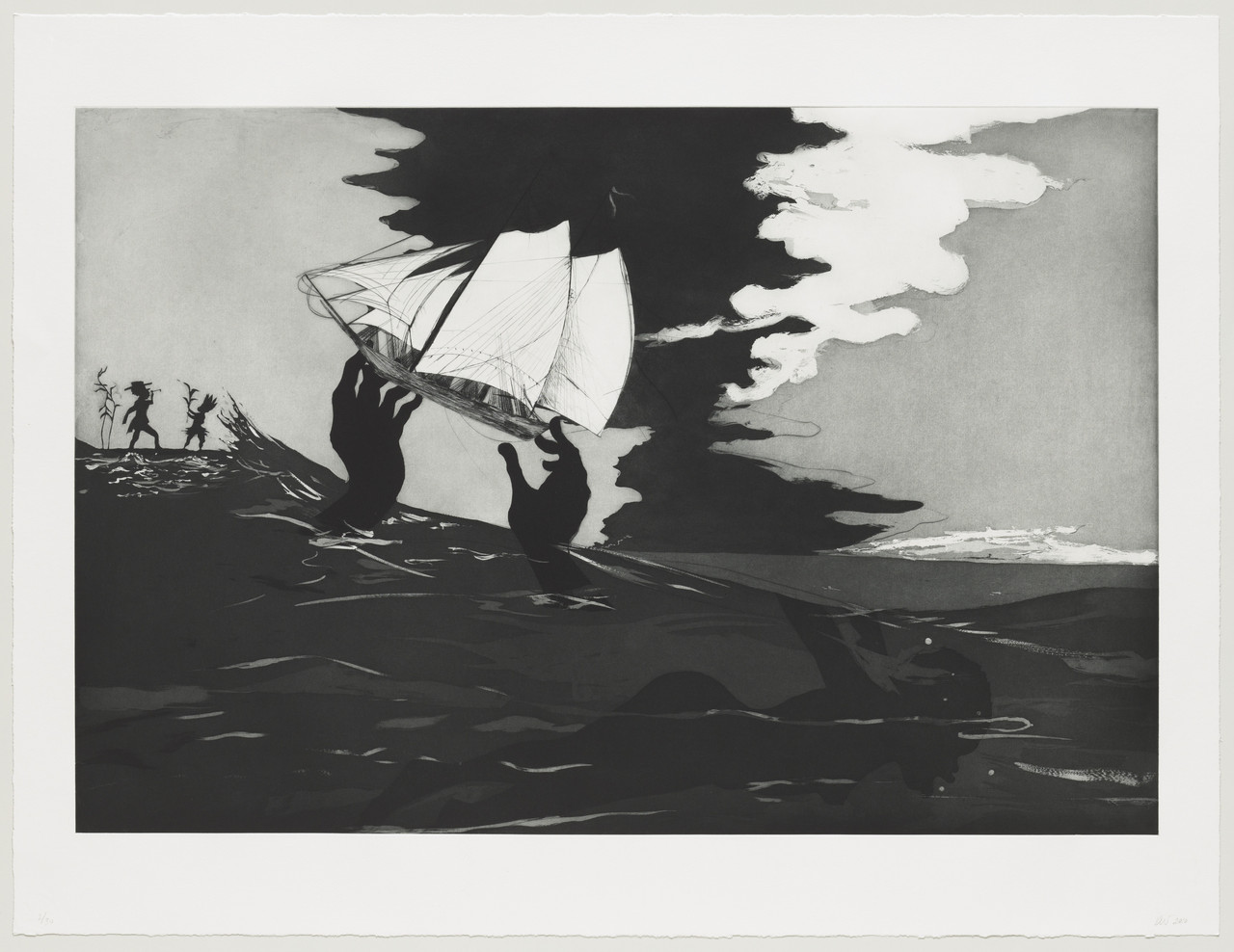


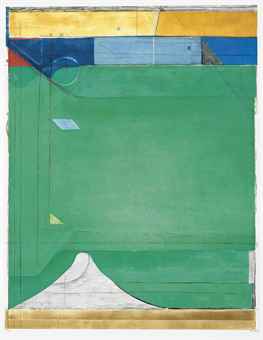



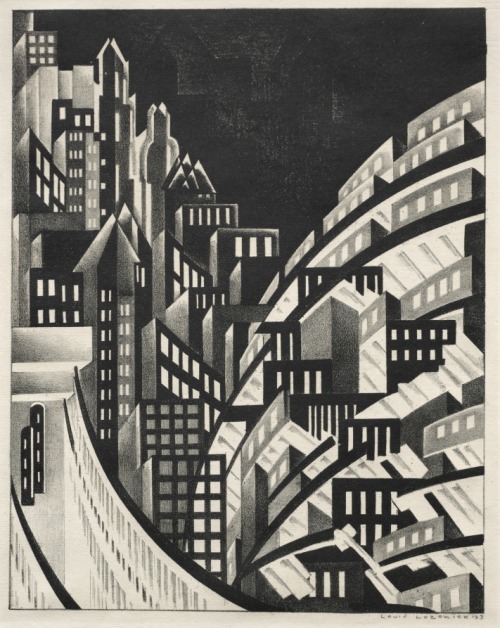
.jpg!Large.jpg)

